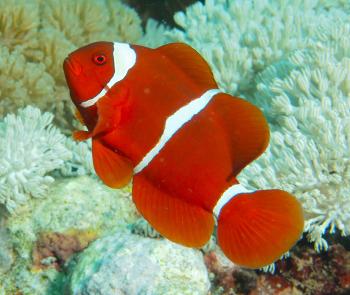Includes: Sea Stars, Sea Lilies, Sea Urchins, Sea Cucumbers, Brittle Stars
While the majority of animal body plans are bilateral with a distinct head and tail, echinoderms do not follow this pattern. While many echinoderms do begin life as a bilateral larva, later they become radial with five-part symmetry and no central brain.
The bodies of echinoderms are made of hard calcium-based plates that are often spiny and always covered by a thin skin. The echinoderm skeleton is thus on the inside—called an endoskeleton. The body of an echinoderm seems little more than a skeleton of tiny plates and water.
They don’t use large muscles working on large body parts like many other animals. Instead they move, feed and breathe with a unique water-vascular system ending in hundreds of water-filled tube feet. This system doesn’t produce high-speed movement. Most move so slowly that, by our standards, they appear to be nearly stationary.
Sea stars use their tube feet to slowly pry open clams, mussels or other prey. Some sea stars can even turn their stomach outward between the two shells of a bivalve and digest the soft parts inside.
While most echinoderms are either stationary or slow moving, methodical animals, they are nevertheless prominent members of the marine environment. They are exclusively marine animals.
Echinoderm Features:
- Internal skeleton made of little calcium plates
- Five-part symmetry
- Special fluid-filled water vascular system that operates the tube feet
Echinoderm Fact:
Sea cucumbers account for 90% of the biomass of the deep ocean floor.
Word Bank
Bilateral: the right and left sides are mirror images
Larva: the tiny active, immature form of an animal, which often looks quite different from the adult
Five-Part Symmetry: arrangement of like parts around a central point
Water-vascular: this fluid-filled system provides the water pressure that operates the animal’s tube feet
















